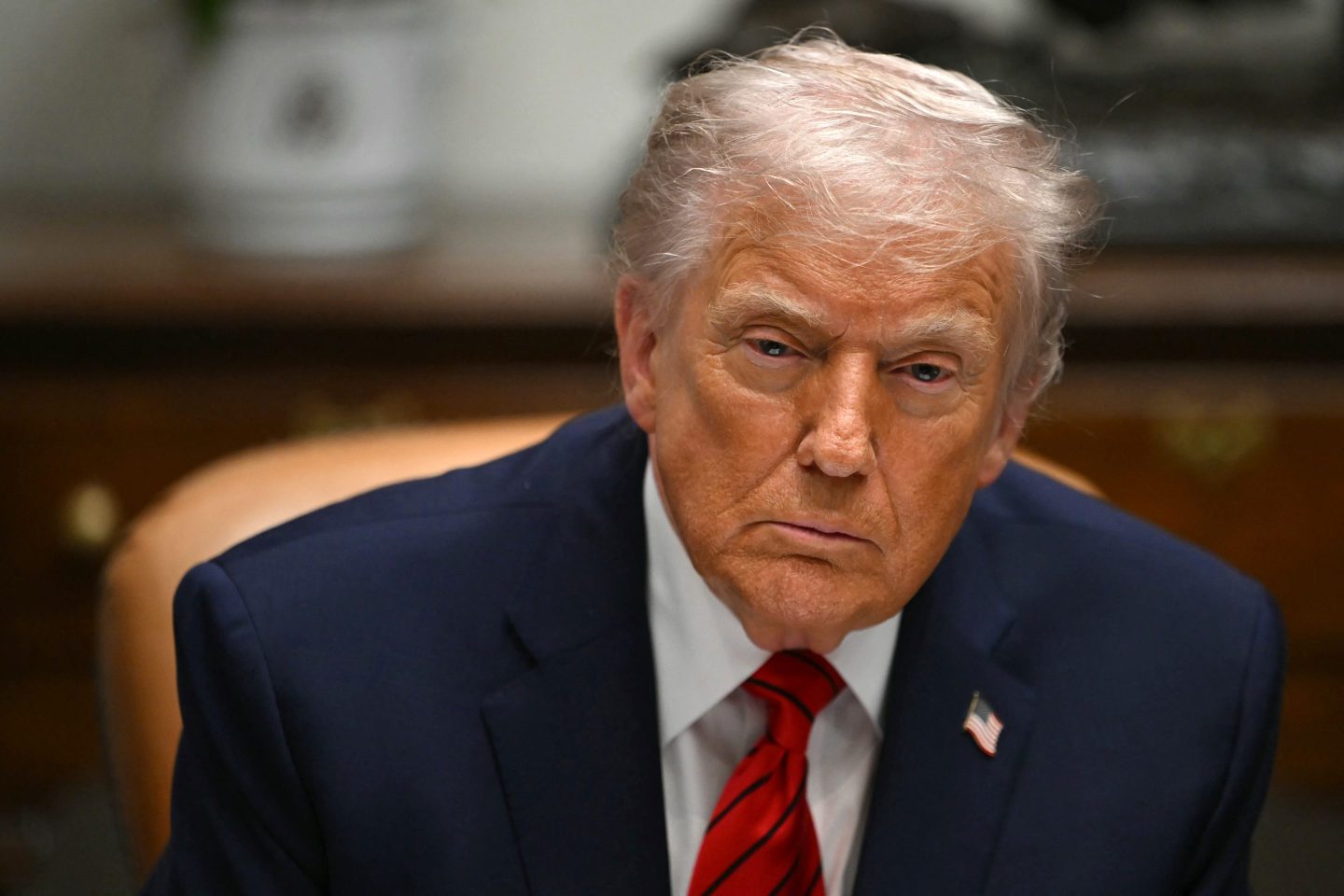It looks like our elected officials may soon begin to look more like the people they’re supposed to represent.
According to data compiled by the Reflective Democracy Campaign, Americans are 51% women and 40% people of color—but between 2012 and 2016, two-thirds of candidates and elected officials at the local, state, and federal levels were white men.
That’s beginning to change during this election cycle.
Women and people of color are making gains: since 2012, women of color candidates for Congress have increased by 75%, and white women candidates by 36%—an increase of 44% for women overall. The jump for men of color is less marked, with an 8% increase.
Perhaps even more significantly, the dominance of white male candidates is dropping off, down 13% since 2012. And for the first time in six years, white men also constitute less than half of Democratic congressional candidates overall. While that is not the case for those running as Republicans and independents, women made gains there as well: up 22% for the former and 25% for the latter.
The share of female candidates is increasing at every level: up 42% in Senate races and 39% in House races. At the state legislature level, Reflective Democracy Campaign looked at available data from 43 states. Of these, 36 saw an increase in women candidates, and in five of them—South Carolina, Kentucky, Pennsylvania, California, and Oklahoma—women candidates increased by more than 50%.
There is, however, one area in which the trend barely budged: governor’s races. Women candidates have increased by 67% and people have color have tripled among Democratic candidates, as evidenced by candidates like Stacey Abrams in Georgia, Andrew Gillum in Florida, and Ben Jealous in Florida. But this increase is offset by candidates in the Republican party who are 86% white men.
It all comes down to who wins in November.











